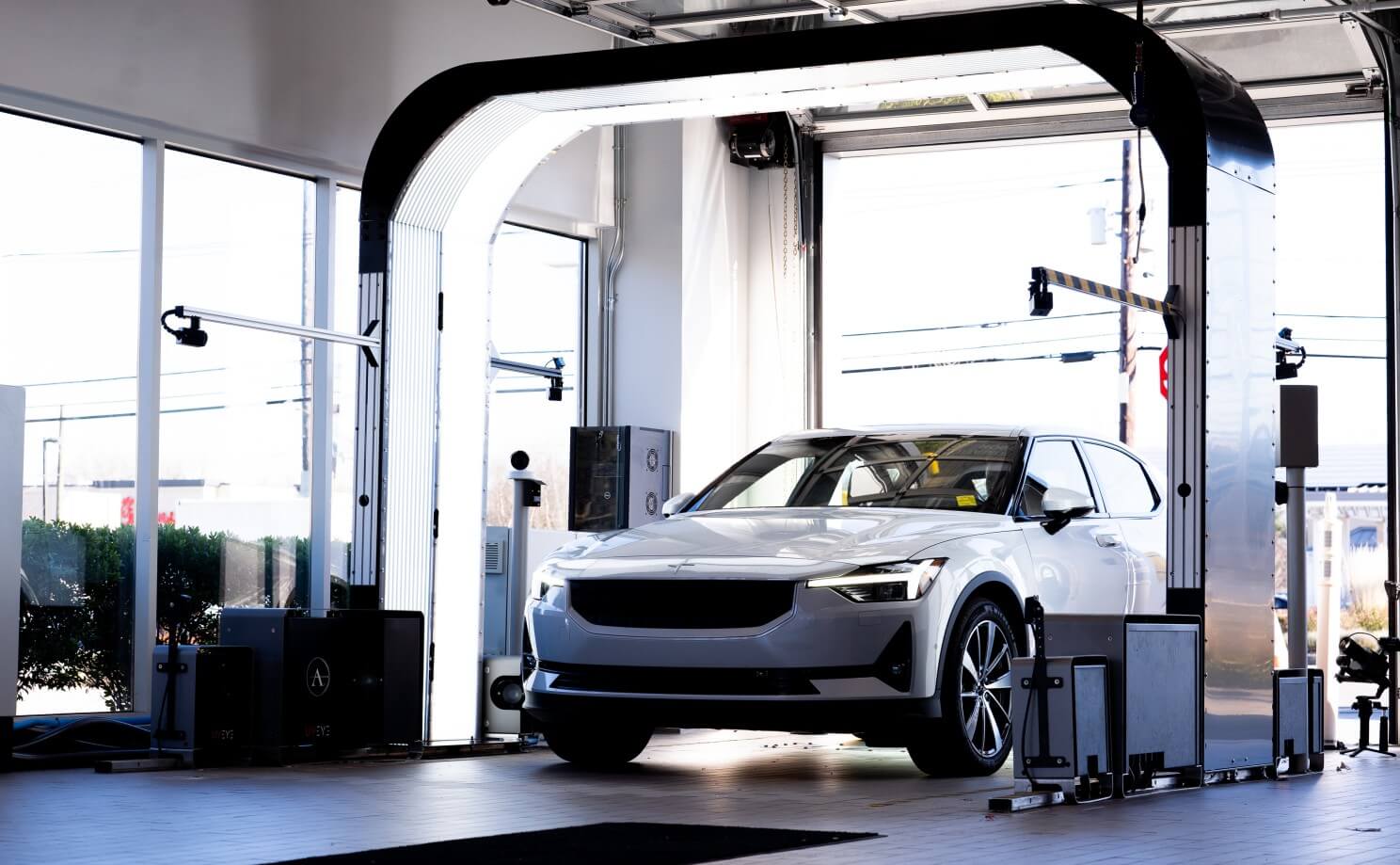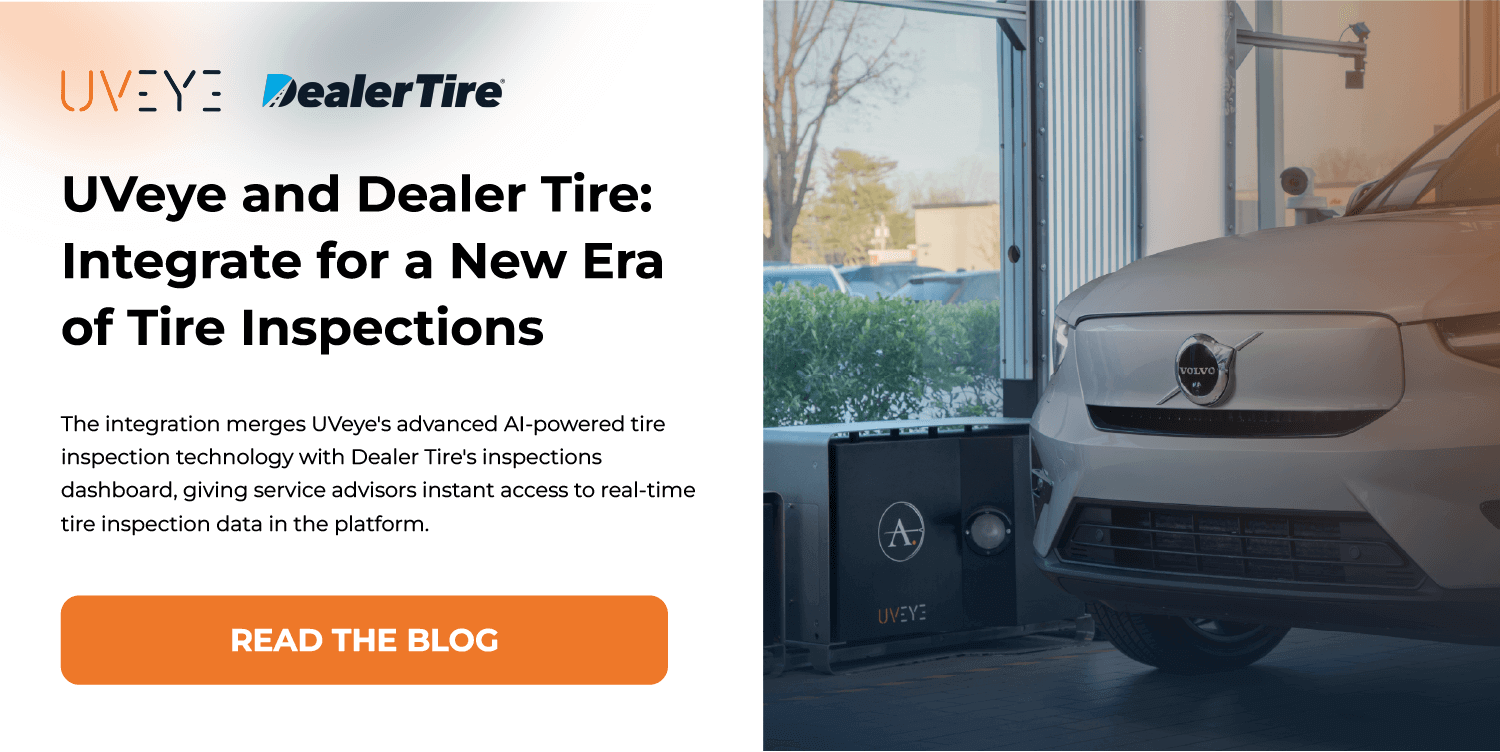Key Trends to Watch in the Auto Industry - April 25, 2025

The auto industry is in the middle of a major shift. Between new regulations, global supply chain challenges, and changing consumer habits, businesses across the board—from OEMs to dealerships—are being forced to adapt fast. Some trends are obvious, others are happening behind the scenes, but all of them are reshaping the way vehicles are built, sold, and serviced. Here are a few key developments that are worth paying attention to right now.
1. Tariffs Are Back on the Table
The U.S. has delayed some of its planned tariff increases, but uncertainty still looms. With talks ongoing and some categories already seeing rate hikes, automakers and parts suppliers are rethinking sourcing strategies—and pricing. For dealerships, this puts added pressure on profit margins. Higher import costs for parts can create downstream issues: slower service times, increased repair costs, and more tension in already-tight customer relationships.
2. Used Inventory Is Still in the Spotlight
While new vehicle production has recovered from pandemic lows, used inventory remains a key profit center for dealers. More consumers are opting for trade-ins, and the demand for reliable used vehicles is still strong—especially as interest rates keep some buyers out of the new car market. That said, used vehicles come with more unknowns. Condition varies, and reconditioning timelines are tight. Dealerships are looking for faster, more consistent ways to assess these vehicles on arrival and prep them for sale quickly.
3. EV Service Isn’t Getting Easier
The rise of EVs is well underway, but there’s still a big gap when it comes to EV-specific service readiness. Technicians need new training, parts suppliers are adapting slowly, and consumers expect the same quick turnaround they’re used to. Shops and service lanes are feeling the pressure to catch up—especially in states where EV sales are climbing fast.
4. Every Department Is Being Asked to Do More
Variable ops, fixed ops, BDCs, service writers—everyone’s being asked to stretch further. That’s partly due to staffing challenges, but it’s also a result of rising expectations. Margins are tight. Customers expect digital convenience. And leadership teams want better reporting, faster turnaround, and improved accountability at every level. The pressure is real, and it’s not going away anytime soon.
So Where Does This Leave Us?
With uncertainty in global trade, higher expectations in the lane, and no margin for error, automation and operational efficiency are no longer nice-to-haves. They’re essential.

At UVeye, we’ve seen firsthand how even small shifts in process—like automating inspections—can help dealerships and fleet operators gain control in a chaotic market. Whether it’s speeding up trade-in appraisals, catching hidden damage, or giving teams more visibility, tools like ours are helping businesses stay sharp when every second (and every dollar) counts.
The industry may be changing fast, but the need for precision, consistency, and speed? That’s not going anywhere.

